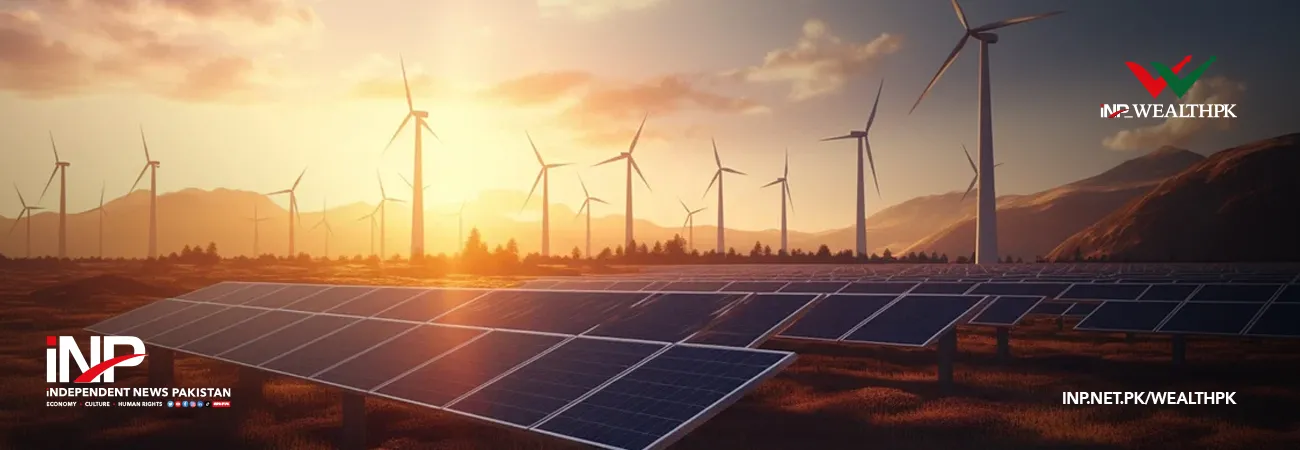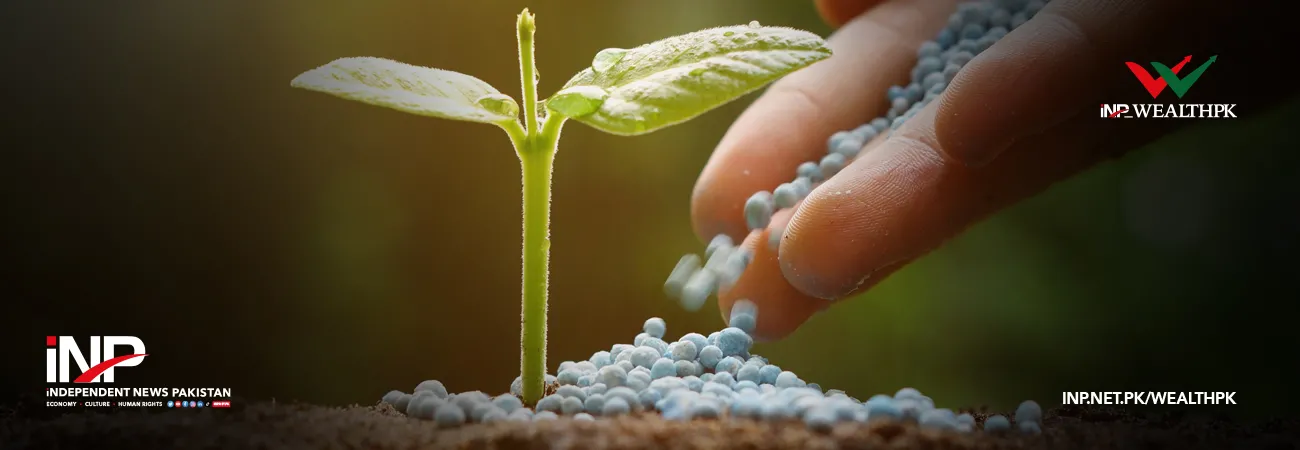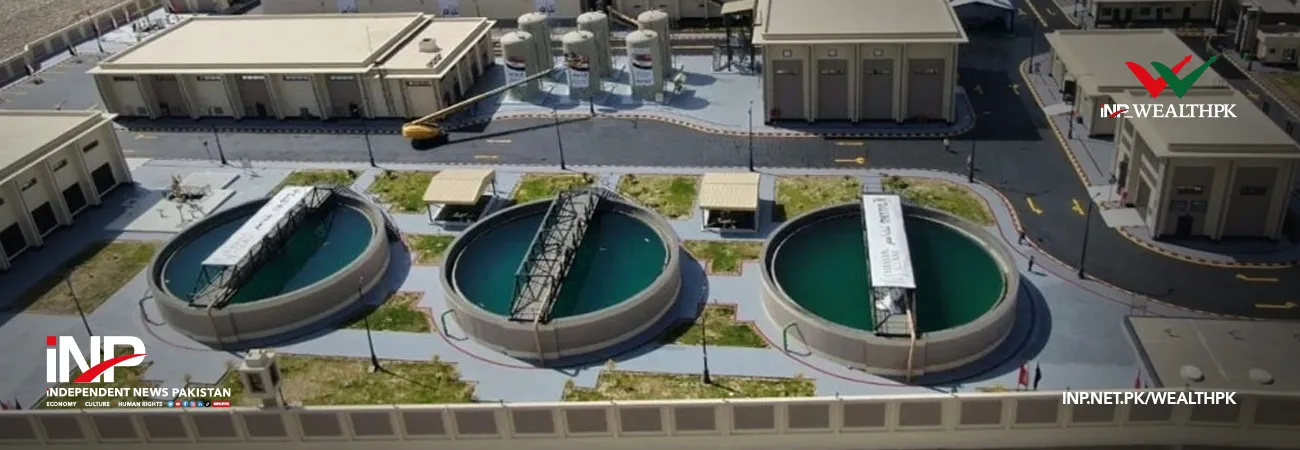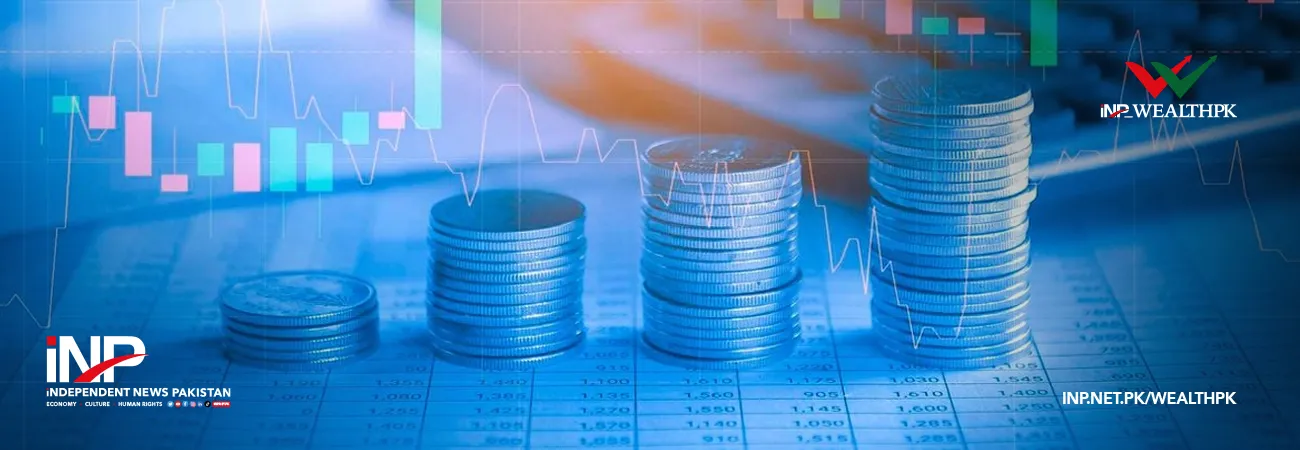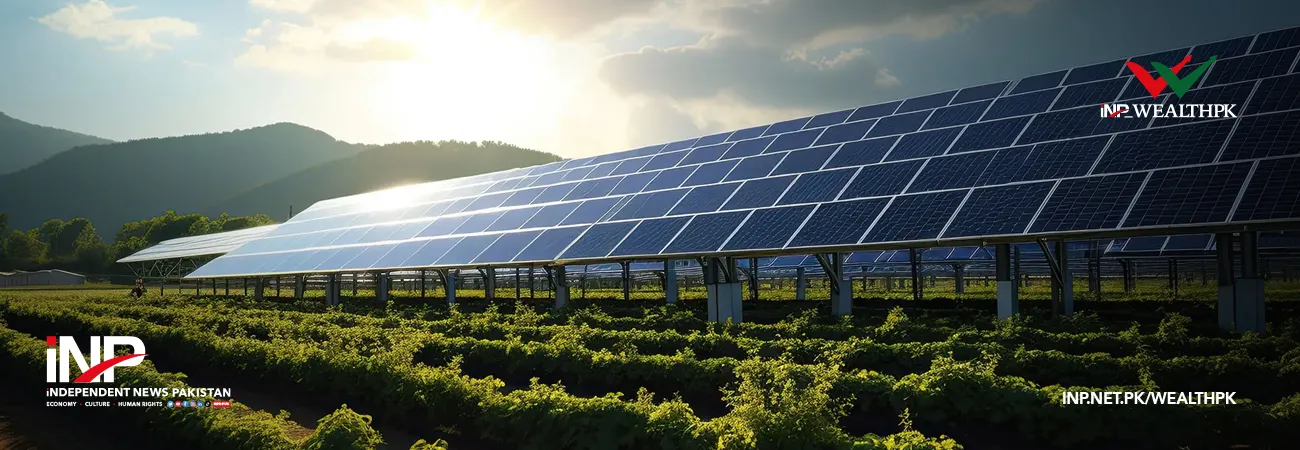INP-WealthPk
Ayesha Saba
Pakistan’s energy crisis has been a major hindrance to its economic growth and industrialisation, and to tackle this challenge, the government
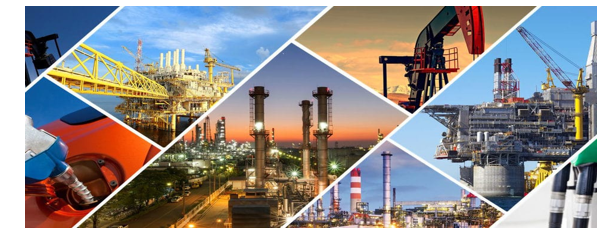
must implement strong and comprehensive strategies for the short, medium and long term.
“Pakistan’s energy deficit has been a persistent challenge, leading to power shortages and slowing industrial growth. To mitigate this vulnerability, Pakistan must reduce its growing dependence on imported fuels. Despite significant efforts to address electricity shortages, further reforms are still necessary,” said Dr Afia Malik, an energy expert and senior research economist at Pakistan Institute of Development Economics (PIDE). Talking to WealthPK, she also stressed the need to focus on improving the efficiency of existing power plants and curbing power theft. She also suggested upgrading infrastructure and ensuring proper maintenance of thermal and hydropower plants. “Without immediate steps to optimise the performance of existing resources, the situation will remain critical, impacting both industrial output and household energy needs.”
“In the long-term, the focus should be on building a sustainable energy infrastructure that can withstand the impacts of climate change, which increasingly disrupts energy supplies,” Afia said, and stressed that Pakistan must plan for a future where clean energy dominated its power generation portfolio. “This would not only support economic growth but also reduce the country’s carbon footprint.” The Ministry of Planning, Development and Special Initiatives recently organised a national workshop on the Integrated Energy Plan. Speaking on this occasion, Muhammad Nauman Hafeez Khan, a research analyst on energy policy at the ministry, pointed out that the need for such a plan arose due to the lack of a dedicated national-level organisation for comprehensive energy planning. “The mandate of Integrated Energy Plan includes long-term planning and providing directives to energy-related departments.” He said that the energy sector was exceedingly complex, and altering a single variable didn’t lead to a comprehensive transformation in the entire sector or steer it uniformly in a particular direction.
Hafeez said that the Low Emissions Analysis Platform (LEAP), which forecasts energy demand and consumption across all sectors for the next decade, was being adopted. He said such a model helped offer insights into the GDP growth rate and other indicators. “It also projects national energy consumption and demand from 2030 to 2035 by incorporating variables. Additionally, it provides insights into carbon emissions and footprints to identify their sources and magnitude.” “We must replace fragmented policies with integrated ones developed through stakeholder collaboration. This will foster cohesive strategies, potentially introducing innovative models in Pakistan’s market and improving energy sector outcomes.”
Credit: INP-WealthPk





